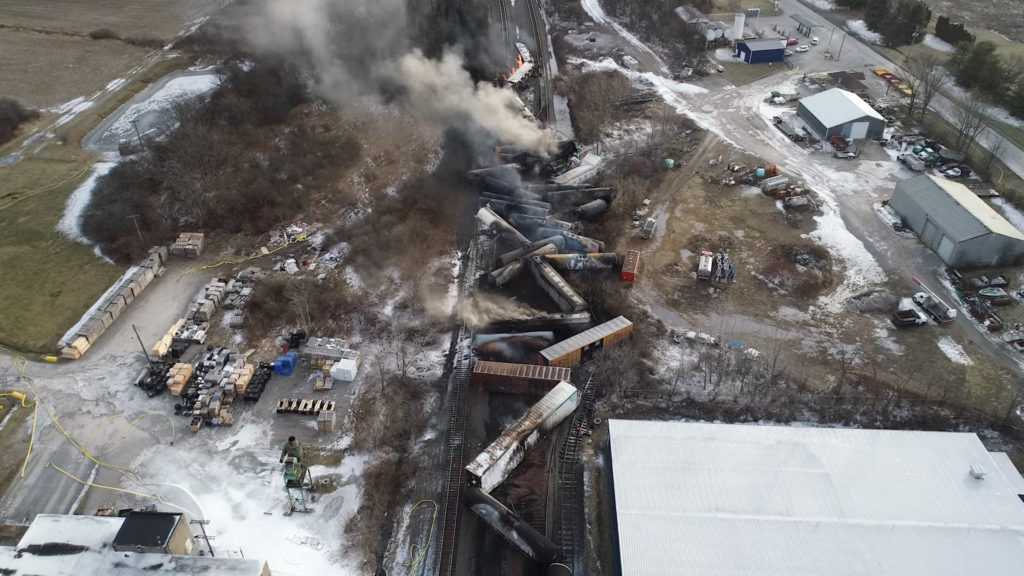A Look At Formula 1 Greats: Successes And Failures After 40

Table of Contents
The Challenges of Age in Formula 1
The intense physical and mental demands of Formula 1 racing make it a uniquely challenging sport, and these challenges are amplified as drivers age.
Physical Demands
The physical requirements of F1 are immense. Drivers endure extreme G-forces, high temperatures within the cockpit, and require exceptional stamina to handle the duration and intensity of a race. Aging naturally impacts these crucial areas:
- Increased risk of injury: Bones become more brittle, and muscles less resilient, increasing the susceptibility to injuries from high-impact incidents.
- Slower reflexes: Reaction time, critical for navigating tight corners and avoiding collisions, inevitably slows with age.
- Decreased muscle mass: Loss of muscle mass affects strength, endurance, and the ability to withstand the physical stresses of racing.
- Impact on endurance: Maintaining peak physical condition throughout a race becomes increasingly difficult as drivers age.
For example, while many drivers maintain incredible fitness levels, some have visibly struggled with the physical demands as they aged, leading to decreased performance or more frequent errors.
Mental Fortitude and Adaptability
Beyond the physical aspects, mental fortitude and adaptability are paramount in Formula 1. While experience provides invaluable strategic insight, it needs to be coupled with the ability to adapt to constantly evolving technologies and the relentless pressure of competition.
- Experience vs. youthful aggression: Older drivers often possess a wealth of experience and strategic acumen, but younger drivers may have a more aggressive, risk-taking style.
- Adapting to new car technologies: Formula 1 cars are constantly evolving, demanding drivers adapt to new systems and driving styles. This adaptability can be more challenging with age.
- Maintaining focus under pressure: The pressure of performing at the highest level, under intense scrutiny, requires exceptional mental strength, which can be impacted by age and accumulated stress.
Comparing the driving styles of a seasoned veteran like Fernando Alonso (known for his strategic brilliance) with a younger, aggressive driver highlights the differing approaches shaped by age and experience.
Notable Successes After 40
Despite the challenges, several Formula 1 drivers have defied expectations and achieved remarkable success after turning 40.
Drivers who Defied Expectations
Several drivers prove that age is not an insurmountable barrier in Formula 1:
- Nigel Mansell: Won the World Championship in 1992 at the age of 39, proving that exceptional skill and determination can overcome the physical challenges of aging.
- Juan Manuel Fangio: While not continuing past 40 in quite the same way as more recent drivers, Fangio's five World Championships all came after his mid-thirties.
These examples show that with proper training, strategic thinking, and unwavering dedication, continued success is possible.
Adapting to Changing Circumstances
The drivers who succeeded after 40 often employed specific strategies to remain competitive:
- Changes in training regime: Focus shifting from pure physical strength to maintaining flexibility, endurance, and reaction speed.
- Focus on specific aspects of racing: Concentrating on strategic racecraft and tire management to compensate for any loss of raw speed.
- Team dynamics: Building strong relationships with the engineering team to optimize car setup and maximize performance.
- Car setup: Working closely with engineers to tailor the car setup to suit their altered physical capabilities and driving style.
For instance, many drivers have adapted their training programs to incorporate activities designed to improve reaction time and endurance without placing undue stress on their bodies.
Instances of Failure and Retirement
While some drivers thrived beyond 40, others experienced a decline in performance or chose retirement.
The Decline in Performance
Some drivers experience a noticeable decrease in their performance after 40:
- Loss of speed: The ability to achieve and maintain high speeds diminishes, impacting lap times and race pace.
- Increased error rate: Slower reflexes and decreased reaction time contribute to more frequent errors, leading to accidents or off-track excursions.
- Inability to keep up with younger competitors: Younger drivers often possess superior physical capabilities and aggressive driving styles, making it challenging for older drivers to compete.
These factors can lead to frustrating results and a gradual decline in competitive standing.
The Decision to Retire
Retirement from Formula 1, especially after a long and successful career, is a complex decision with many contributing factors:
- Physical limitations: The physical demands become too taxing, increasing the risk of injury and impacting overall performance.
- Family considerations: Balancing the demands of a racing career with family life becomes more challenging as drivers age.
- Lack of competitiveness: When performance drops significantly, the drive to compete at the highest level may diminish.
- Other career opportunities: Drivers may seek new challenges and opportunities outside of racing, utilizing their experience and skills in other areas of the motorsport industry or beyond.
The retirements of several F1 legends highlight the diverse factors influencing this significant decision.
Conclusion
This article explored the complex relationship between age and success in Formula 1. While the physical and mental demands of the sport make competing past 40 exceptionally challenging, history shows that some drivers have achieved remarkable feats of longevity and success. The decision to continue racing or retire often depends on a complex interplay of factors, highlighting the unique journey each driver experiences. Ultimately, analyzing the successes and failures of Formula 1 greats after 40 offers valuable insights into the dedication, adaptability, and resilience required at the pinnacle of motorsport. Want to delve deeper into the fascinating world of Formula 1 drivers and their careers? Keep exploring more articles on Formula 1 drivers and their performance over time.

Featured Posts
-
 Toxic Chemical Residues From Ohio Train Derailment Building Contamination
May 26, 2025
Toxic Chemical Residues From Ohio Train Derailment Building Contamination
May 26, 2025 -
 Donald Sutherland Steals The Show In Pride And Prejudice Re Release
May 26, 2025
Donald Sutherland Steals The Show In Pride And Prejudice Re Release
May 26, 2025 -
 Laviolette Out New York Rangers Seek New Coach Following Missed Playoffs
May 26, 2025
Laviolette Out New York Rangers Seek New Coach Following Missed Playoffs
May 26, 2025 -
 Gideon Glicks Stellar Performance In Amazon Primes Etoile
May 26, 2025
Gideon Glicks Stellar Performance In Amazon Primes Etoile
May 26, 2025 -
 Jadwal Moto Gp Inggris 2025 Detail Lengkap Balapan Pekan Ini
May 26, 2025
Jadwal Moto Gp Inggris 2025 Detail Lengkap Balapan Pekan Ini
May 26, 2025
Latest Posts
-
 Best Payday Loans For Bad Credit Guaranteed Approval Direct Lender
May 28, 2025
Best Payday Loans For Bad Credit Guaranteed Approval Direct Lender
May 28, 2025 -
 Saeaestae Rahaa Lainan Vertailu Auttaa Loeytaemaeaen Edullisimman Lainan
May 28, 2025
Saeaestae Rahaa Lainan Vertailu Auttaa Loeytaemaeaen Edullisimman Lainan
May 28, 2025 -
 Lainan Vertailu Paras Tapa Loeytaeae Edullisin Laina Korkeiden Korkojen Aikana
May 28, 2025
Lainan Vertailu Paras Tapa Loeytaeae Edullisin Laina Korkeiden Korkojen Aikana
May 28, 2025 -
 Korkeat Korot Ja Edullisempi Laina Vertaile Ja Saeaestae
May 28, 2025
Korkeat Korot Ja Edullisempi Laina Vertaile Ja Saeaestae
May 28, 2025 -
 Kaupallinen Yhteistyoe Lainaa Korkeiden Korkojen Aikaan Loeydae Edullisempi Laina Lainanvertailulla
May 28, 2025
Kaupallinen Yhteistyoe Lainaa Korkeiden Korkojen Aikaan Loeydae Edullisempi Laina Lainanvertailulla
May 28, 2025
